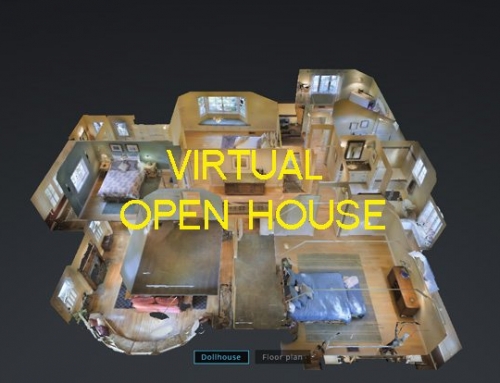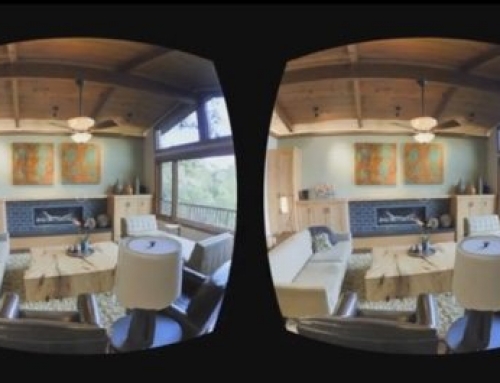Two rooms, 14 Rothkos and a world of difference
Washington is unusually rich in the work of artist Mark Rothko. His paintings were collected by Duncan Phillips, founder of the Phillips Collection, who created the first public “Rothko Room” in 1960, when he built an annex to his art-filled house on 21st Street NW. That was more than a decade before the famous Rothko Chapel in Houston opened its doors and several years before Rothko installed another set of room-filling murals in a penthouse space at Harvard. The National Gallery of Art also was the recipient of some 1,000 Rothko works in 1986, when the Rothko Foundation gave the museum the bulk of the artist’s remaining estate. That made Washington the center of Rothko studies, and a hub for lending his work to other collections around the world.

Visitors view works by Mark Rothko at the National Gallery of Art, East Building. (Matt McClain/The Washington Post)

The Rothko Room at the Phillips Collection. (Matt McClain/The Washington Post)
With the renovations of the National Gallery’s East Building, which reopened in September, the city now has a second Rothko room, a large, five-sided space in one of the building’s new Tower Galleries along Pennsylvania Avenue. The contrast between the two Rothko rooms is striking. The Phillips Collection space has one entrance and a single narrow window, contains only four paintings and feels decidedly enclosed and intimate. The National Gallery room has three entrances, is full of filtered sunlight, hosts 10 paintings and feels open and monumental. The smaller Rothko room can host only a few people at one time, and sharing it with even one person feels like one person too many. The National Gallery space absorbs people, yet a curious thing happens when they enter, especially if they use the two passageways that connect the gallery to the adjacent room full of Barnett Newman paintings: They drop their voices and show distinct signs of meditation and engagement.

Rothko, who died by suicide in 1970, has earned a reputation as one of the most spiritual and user-friendly of the mid-century American abstractionists. By the late 1940s, he had settled on large canvasses full of luminous squares and rectangles of color, floating and dissolving into the background, like ideas or intimations emerging and receding into the semi-oblivion of the half-wakeful mind. He resisted the notion that his work was about purely formal ideas, merely studies in color, or that it was abstract; he was, he believed, making pictures of feelings, and states of mind and spirit.
And yet the intensity and variety of his striking color combinations, the curious vocabulary of his edges (feathered, brushed, smeared, dissolving or hard), and the relative depth and saturation of his colored forms take on qualities of personality. His signature works, which are now among the most sought-after paintings of the 20th century, are never pictures of anything present in the world, so we have difficulty describing them, and often fall back on adjectives that apply equally well to people: gentle, forceful, retiring, abrasive, gregarious, timid. There is a tendency to think of his works more as living beings than mere objects.
That makes the experience of a roomful of his work particularly intense. The four Rothkos in the Phillips Collection are arranged opposite each other on the four walls of the room, with a clear conversation of colors between the opposing sides. At the far ends of the room, two mostly square paintings with a decided orange tendency are in dialogue, while the shorter axis is dominated by more vertical paintings with green as a unifying hue. A long bench in the middle of the room — an addition suggested by Rothko himself after a visit in 1961 — makes it possible to sit, but also difficult to move your body in such fashion as to take in all four paintings (a single swivel chair would be better, but impractical). You are keenly aware of two separate conversations, but unable to follow both at once, which gives the uncanny sensation that there is a kind of whispering going on, as four beings communicate around, past and through you.
Phillips acquired these paintings over a period of years, and the Rothko room came together in its present form between 1960 and 1966, when he added the fourth painting, “Ocher and Red on Red.” But despite changes and renovations to the museum’s annex, the room is still configured pretty much as it was when Phillips died in 1966, and so the paintings are longtime cohabitants of the space. In a short, circa 1895 unfinished essay on the artists Chardin and Rembrandt, Marcel Proust noted the strange friendship that seems to exist between the objects in Chardin’s still lifes, and genera scenes: “As happens when beings and objects have lived together a long time in simplicity, in mutual need and the vague pleasure of each other’s company, everything here is amity.” Rothko didn’t paint the works in the Phillips room to be an ensemble, as he did the dark panels of the Rothko Chapel in Houston, and yet one senses amity between them. And the possibility that over time they have grown to resemble each other simply by proximity, rather like pets resemble their masters and long-married couples seem to grow alike in their dress and mannerisms.

Works by Mark Rothko at the National Gallery of Art, East Building. (Matt McClain/The Washington Post)
The residents of the National Gallery’s Rothko room are not permanent (the gallery will swap out paintings to widen exposure to its huge holdings of the artist’s work). Nor are they in dialogue with one another. Rather, they have been lined up along the walls rather like fashion magazines will sometimes photograph a diverse group of important people for a feature story: “America’s Ten Most Influential Authors” or “Twenty Young Artists to Watch Out For.” They are merely gathered, not intertwined or mutually engaged. Knowing that their residence is temporary gives them a sense of isolated particularity. You focus not on affinities — or amity — but on differences, and even conflict. A hint of orange against black with purple atop makes one canvas seem unruly, an outlier, even irascible. Another has the well-turned-out polish of a painting desperately trying to be a Rothko’s Rothko, obeying all the rules, deviating in nothing essential to good behavior.
One is inclined to anatomize the National Gallery paintings, take them apart, and look for some taxonomical scheme that can organize them into subspecies. This is perhaps inevitable given the size of the room, which greatly dwarfs the roughly 13.5-by-24-foot room at the Phillips Collection. In 1954, Rothko spoke of the desirability of showing his work in domestically scaled spaces: “By saturating the room with the feeling of the work, the walls are defeated . . . ” At the National Gallery, the high ceilings and more institutional scale of the space preclude any domination of the walls. Rather, you sense the architecture of the room as part of the ensemble and essential to the impact, so that the paintings, no matter how large and assertive, ultimately behave a bit like sculptures in a cathedral, an assemblage of characters that enact a larger, theological drama.

The 13.5-by-24-foot Rothko Room at the Phillips Collection. (Matt McClain/The Washington Post)
The 10 paintings at the National Gallery are a superabundance of riches, and the space feels rather like the dramatis personae list at the heading of a Shakespeare play, while the Phillips Collection paintings behave more like the cast of something by Chekhov. One is spectacle and will focus on the details of a large cast of characters, how they speak, how they dress, how they assert their presence; the other is a salon drama drawn from closely related people of a particular time, place and class, and will concentrate on relationships between individuals.
It is cold these days, and the sun goes down early, but the two Rothko rooms offer two very different ways of thinking about the world outside. One is a garden, the other wilderness.






